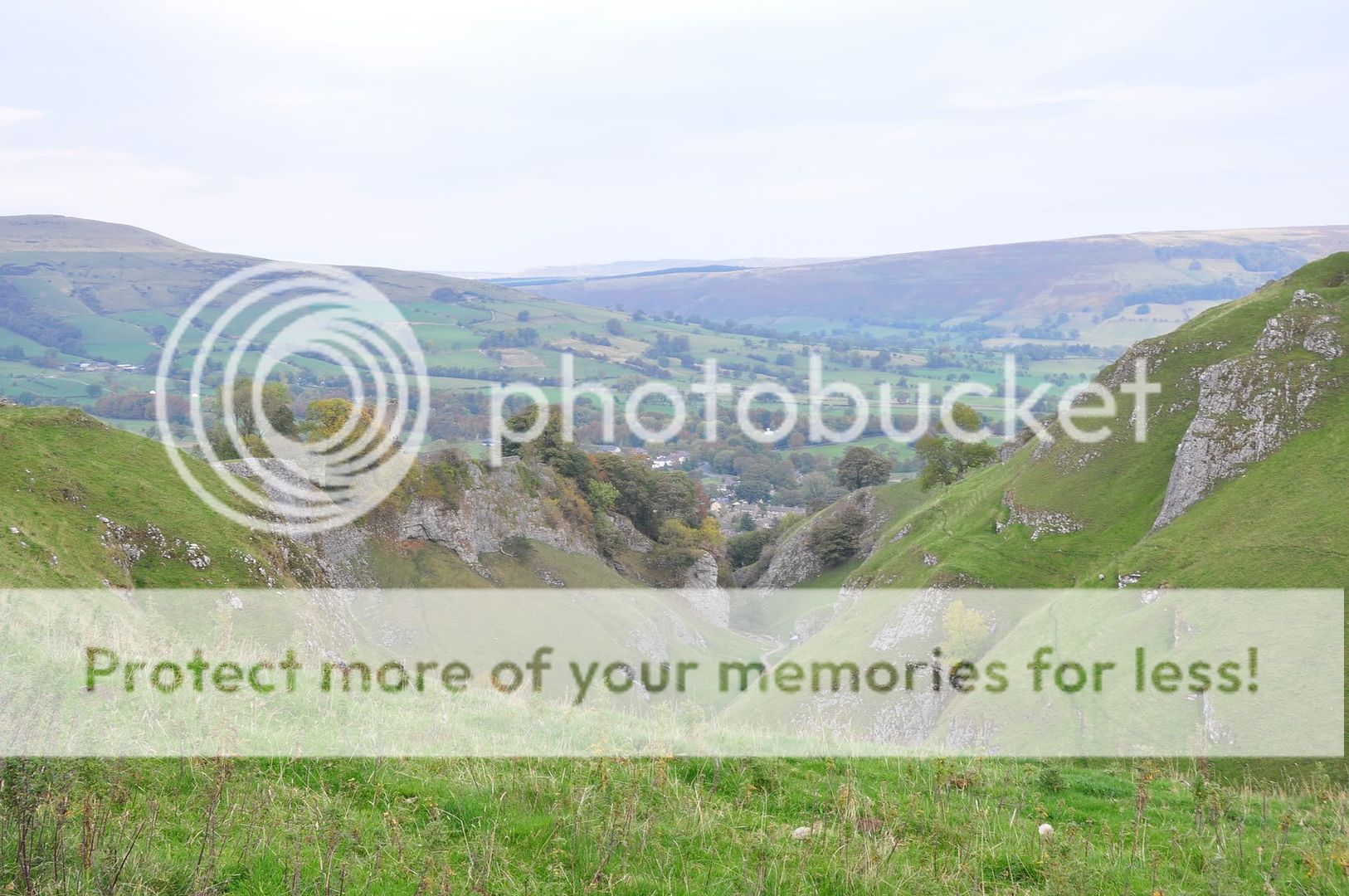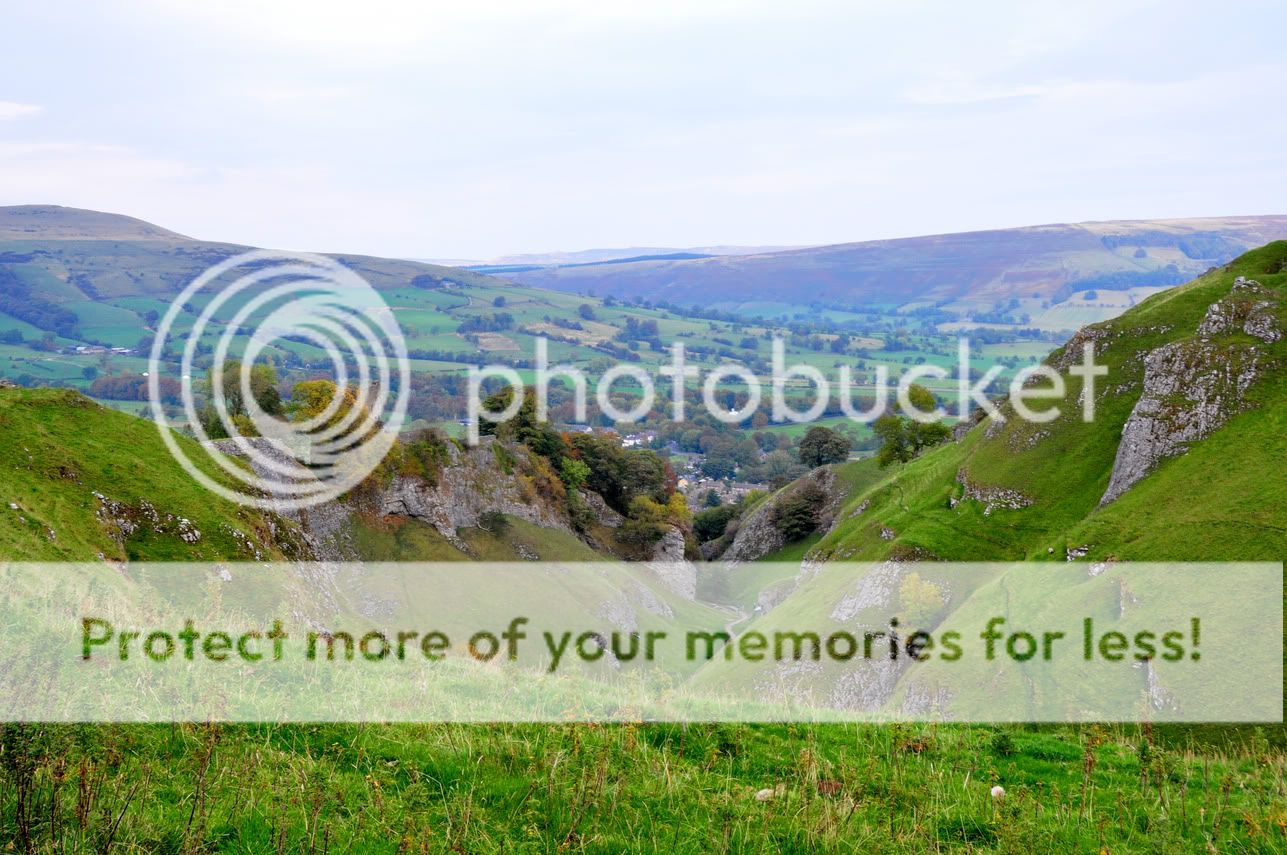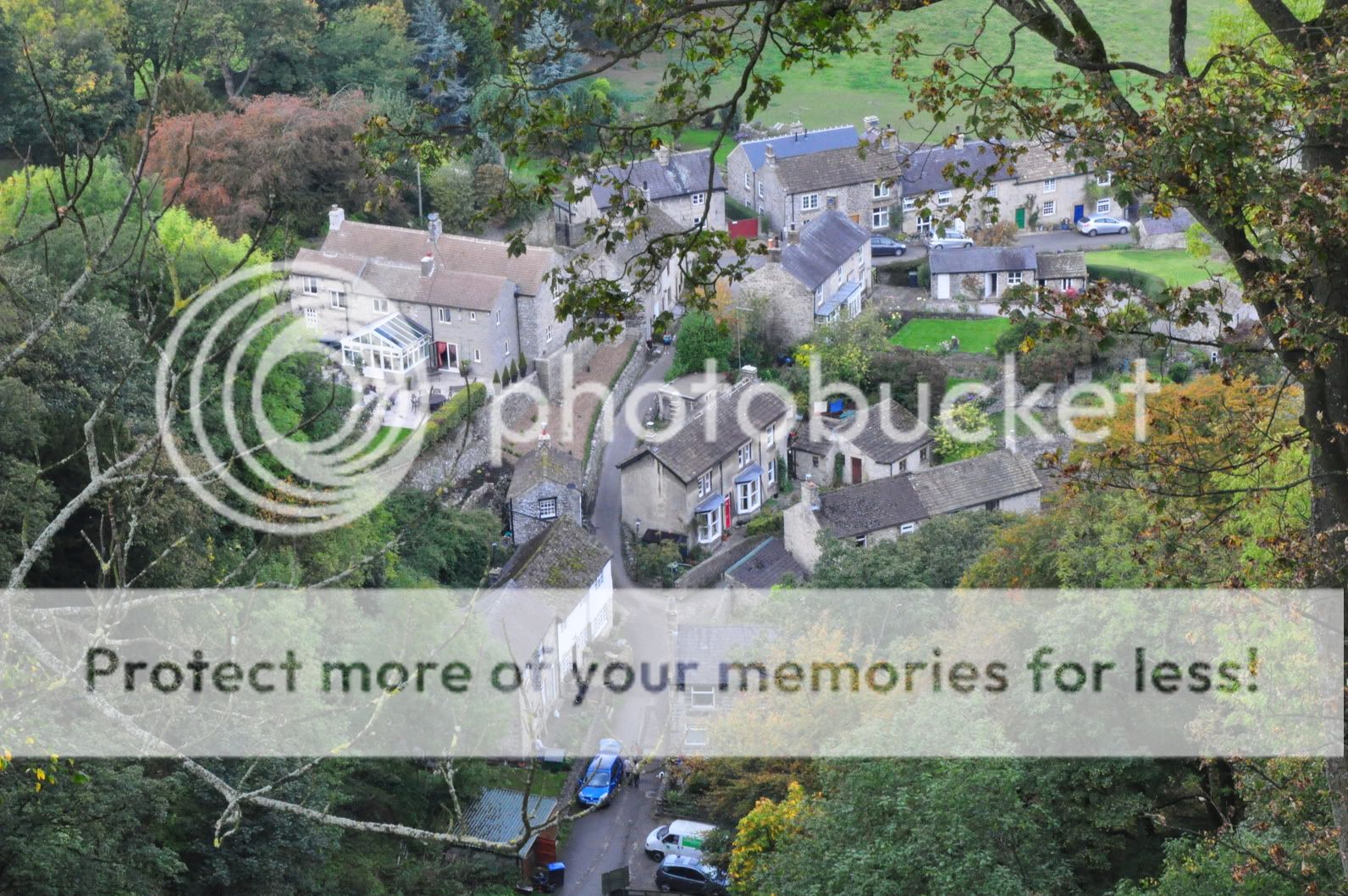woddle1000
Registered User
Hey everyone, I bought myself a D90 and and a couple of lenses, 28mm and a 18-200 VR2
love the camera and lenses, I get out quite often and snap away
never used a camera before apart from crappy point and shoot normal cameras but I am loving it,
I am quite handy in photoshop as well which helps, I usually always get the sho that I want but..
when I look at professional photos they are always so crisp, dark in the right places, and mine seem to have a lighter haze over them
I use the levels and curves to get my blacks where I want them, I shoot in complete manual mode inc ISO but would like to know how I remove this haze, I want sharp blacks and deep saturations, is it really down to the equipment they use, ie the right filters and lenses or is it me and my settings?
and help or advice is really appreciated, VERY novice photographer, I have been shooting less than 12 months!!
love the camera and lenses, I get out quite often and snap away
never used a camera before apart from crappy point and shoot normal cameras but I am loving it,
I am quite handy in photoshop as well which helps, I usually always get the sho that I want but..
when I look at professional photos they are always so crisp, dark in the right places, and mine seem to have a lighter haze over them
I use the levels and curves to get my blacks where I want them, I shoot in complete manual mode inc ISO but would like to know how I remove this haze, I want sharp blacks and deep saturations, is it really down to the equipment they use, ie the right filters and lenses or is it me and my settings?
and help or advice is really appreciated, VERY novice photographer, I have been shooting less than 12 months!!










